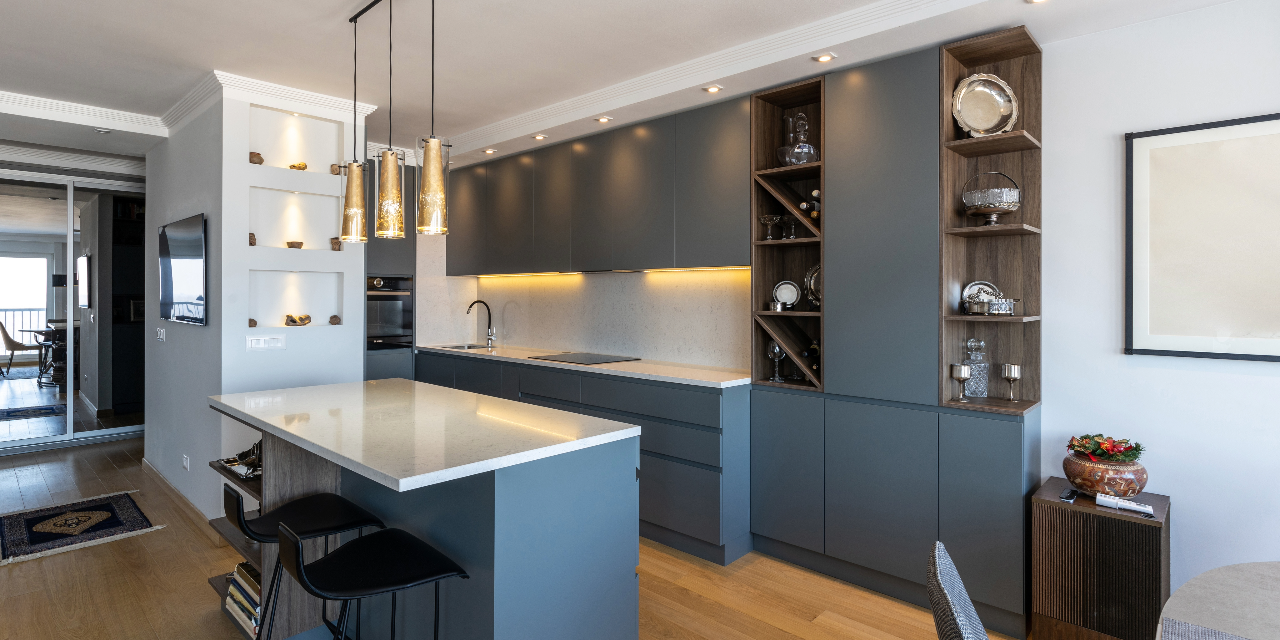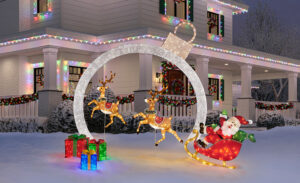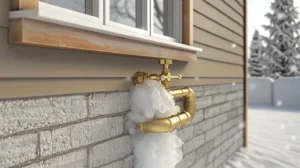Lighting plays a crucial role in creating the ambiance of your home, but it can also be a significant factor in your energy bills. If you’re still using traditional incandescent or even CFL bulbs, it might be time to consider an upgrade to LED lighting. Not only do LEDs offer better efficiency, but they also provide a range of benefits that can enhance your home’s aesthetic and functionality. Let’s dive into why and how you should make the switch to LED lighting in your home.
Why Choose LED Lighting?
Before we get into the how-to, let’s talk about why you should consider LED lighting. LED, or Light Emitting Diode, technology is a game-changer in the world of home lighting. Here’s why:
- Energy Efficiency: LEDs use up to 85% less energy than traditional incandescent bulbs and about 50% less than CFLs. This means significant savings on your electricity bill, especially if you’re lighting up multiple rooms.
- Longevity: LED bulbs last much longer than their counterparts—often up to 25,000 hours or more. This means fewer trips to the store and less time spent on ladders changing bulbs.
- Environmentally Friendly: Because they use less energy and last longer, LEDs reduce your carbon footprint. Plus, they don’t contain harmful chemicals like mercury, which is found in CFLs.
- Versatility: LEDs come in a variety of shapes, sizes, and color temperatures, making them perfect for any space, whether you want warm, cozy lighting in the living room or bright, cool light in the kitchen.
Assess Your Current Lighting Needs
The first step in upgrading your home’s lighting to LED is to assess your current lighting situation. Walk through your home and take note of the following:
- Bulb Types: Identify where you’re using incandescent, CFL, or halogen bulbs. These are prime candidates for an LED upgrade.
- Lighting Purposes: Consider how each space in your home is used. Do you need bright, focused light for reading or cooking? Or are you looking for ambient lighting in a bedroom or living room? Knowing this will help you choose the right LED bulbs.
- Fixtures: Some fixtures, especially older ones, may not be compatible with certain LED bulbs. Check the size, shape, and wattage requirements of your fixtures before purchasing new bulbs.
Choosing the Right LED Bulbs
Once you’ve assessed your lighting needs, it’s time to choose the right LED bulbs. Here’s what to keep in mind:
- Lumens, Not Watts: Unlike incandescent bulbs, which are measured in watts, LED bulbs are measured in lumens. Lumens indicate the brightness of the bulb, while watts measure energy use. For example, a 60-watt incandescent bulb is equivalent to an 800-lumen LED bulb.
- Color Temperature: LED bulbs come in a range of color temperatures, measured in Kelvins (K). Lower Kelvin numbers (around 2700K) produce a warm, yellowish light, similar to traditional incandescent bulbs, perfect for living rooms and bedrooms. Higher Kelvin numbers (5000K and above) produce a cool, bluish light, ideal for kitchens, bathrooms, and workspaces.
- Dimmability: Not all LED bulbs are dimmable, so if you have dimmer switches in your home, be sure to choose LED bulbs labeled as dimmable. Additionally, some older dimmer switches may not be compatible with LED bulbs and may need to be replaced.
- Shape and Size: LEDs come in various shapes and sizes, from traditional A19 bulbs to candle-shaped bulbs for chandeliers and recessed lighting. Make sure to choose a bulb that fits your fixture.
Installation Tips
Upgrading to LED lighting is relatively straightforward, but here are a few tips to make the process smooth:
- Turn Off Power: Always turn off the power at the switch or breaker before changing any light bulbs or fixtures. Safety first!
- Check Compatibility: If you’re installing LEDs in existing fixtures, double-check the compatibility in terms of size, shape, and wattage. LEDs use far less wattage than incandescent bulbs, so you might be able to install a brighter bulb without worrying about overheating.
- Replace in Sets: If you’re upgrading lights in a room, it’s best to replace all the bulbs at once for consistent color and brightness.
- Consider Smart LEDs: For added convenience, consider upgrading to smart LED bulbs that can be controlled via an app or voice assistant. You can adjust brightness, color, and even set schedules, all from your smartphone.
Maximizing Energy Savings
To get the most out of your LED upgrade, consider a few additional steps to maximize energy savings:
- Use Timers and Sensors: Install timers or motion sensors in areas like hallways, bathrooms, or outdoor spaces to ensure lights are only on when needed. This can prevent unnecessary energy use.
- Take Advantage of Natural Light: LED lighting is great, but nothing beats the energy efficiency of natural sunlight. Use sheer curtains to let in natural light during the day, reducing your need for artificial lighting.
- Regular Maintenance: Although LEDs require less maintenance than traditional bulbs, it’s still important to clean fixtures and bulbs regularly to maintain optimal light output.
The Cost of Upgrading
One of the biggest concerns for homeowners considering an LED upgrade is the cost. While LED bulbs are more expensive upfront compared to incandescent or CFL bulbs, the long-term savings are substantial. Not only will you save on your electricity bill, but you’ll also spend less on bulb replacements over time.
If the initial cost is a concern, consider upgrading your lighting gradually, starting with the most-used areas of your home, such as the kitchen, living room, and bathrooms. This allows you to spread out the cost while still enjoying the benefits of LED lighting.
Final Thoughts: Brighten Up Your Home and Save
Upgrading your home’s lighting to LED is a smart investment that pays off in multiple ways. From energy savings to enhanced ambiance, LEDs offer a range of benefits that make them a worthwhile choice for any homeowner. So, why not take the leap? With a little planning and the right bulbs, you can transform your home into a brighter, more efficient, and environmentally friendly space. Let the LED revolution light up your life—one room at a time!









